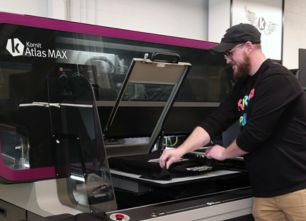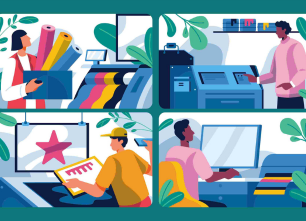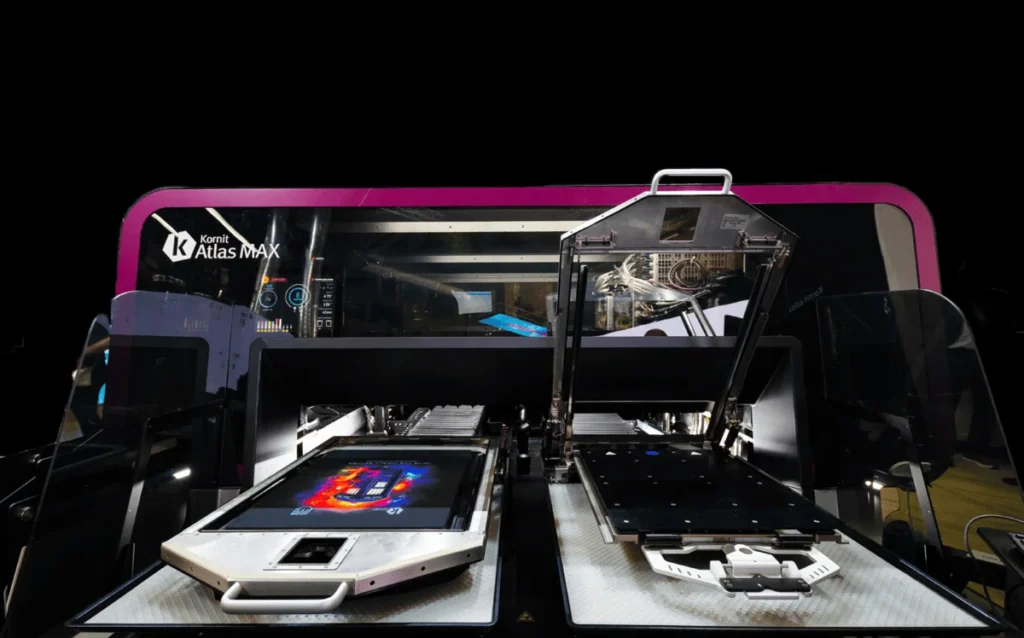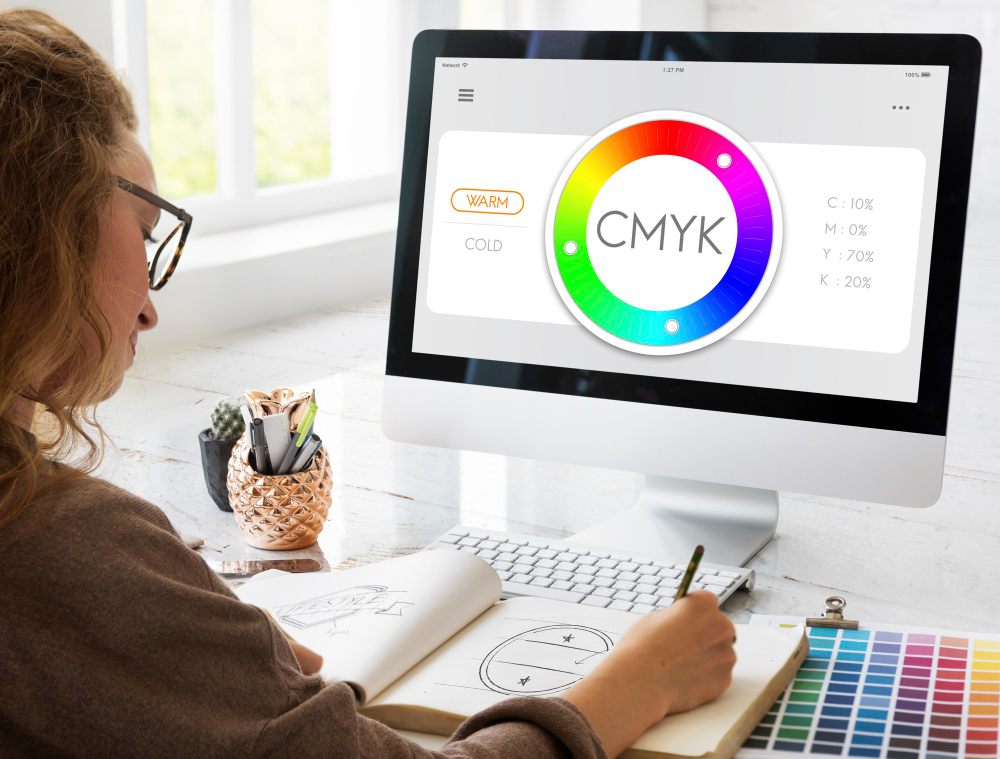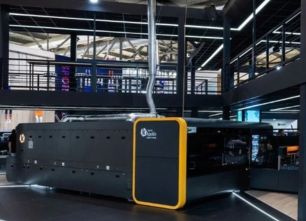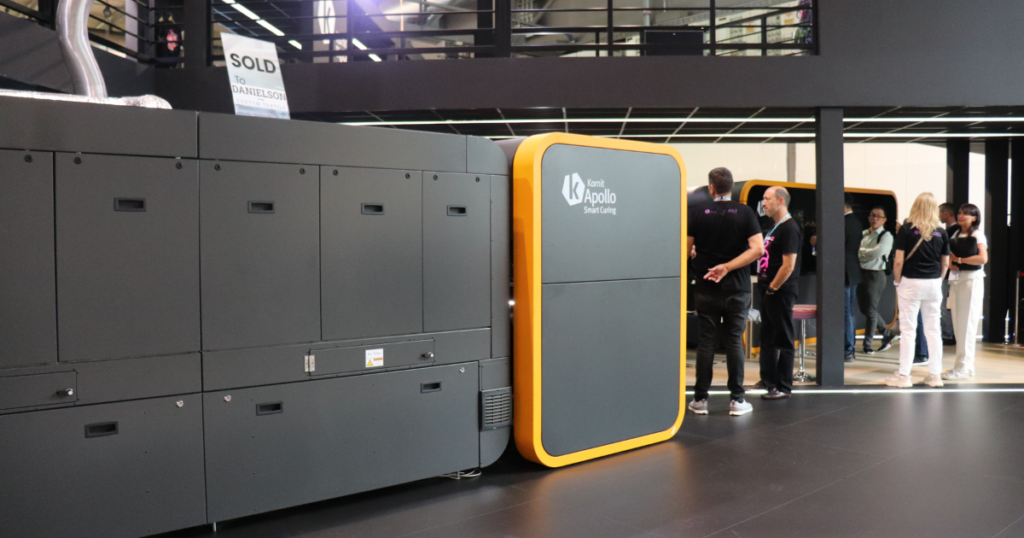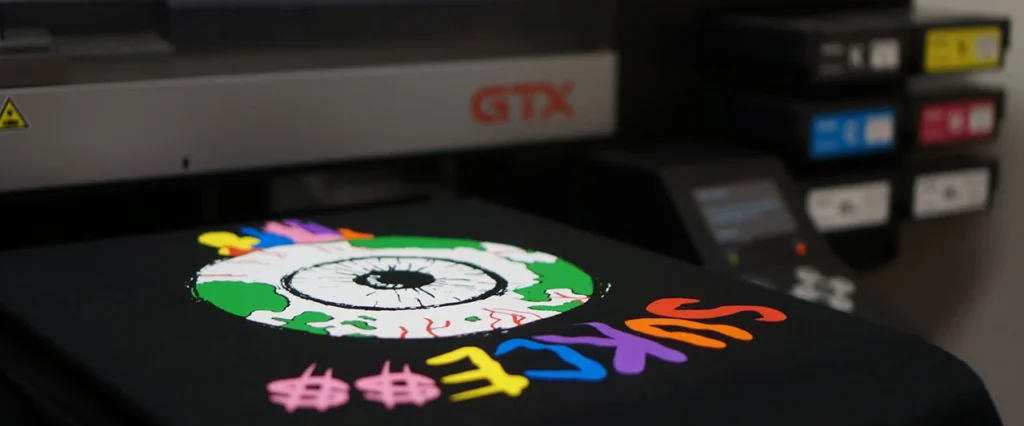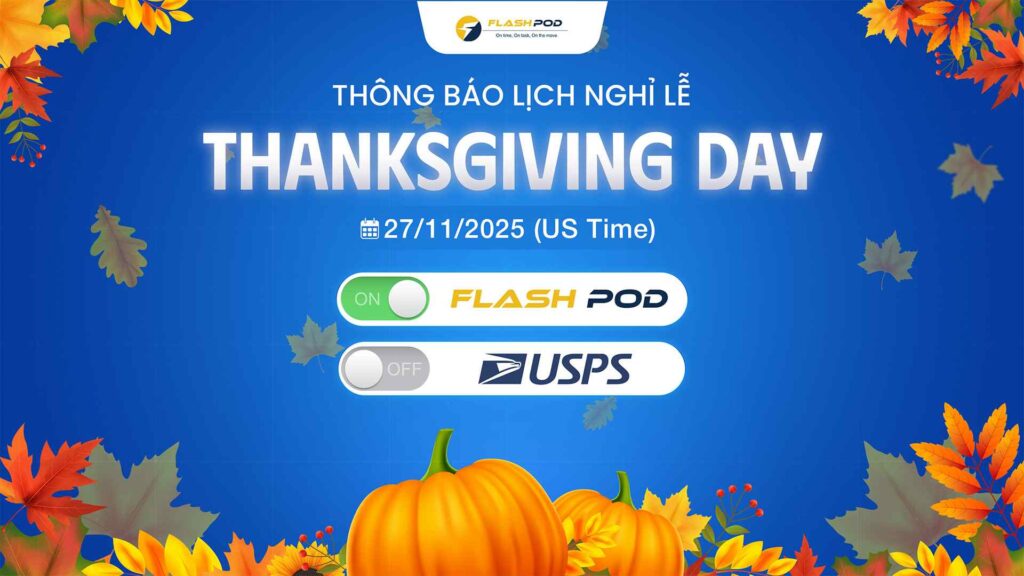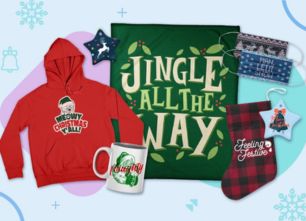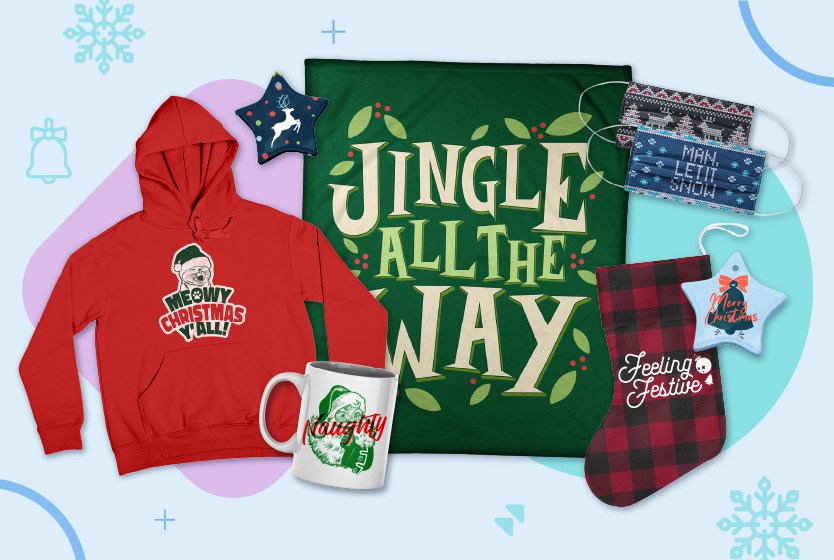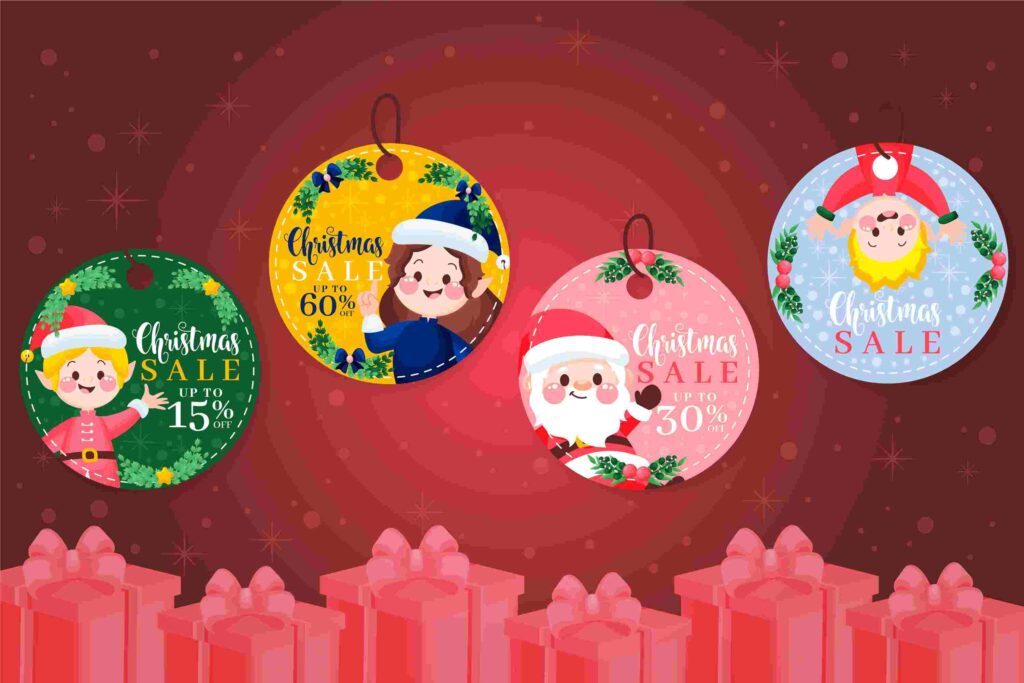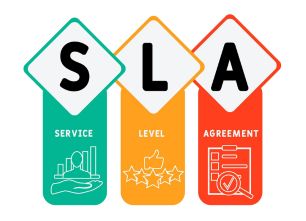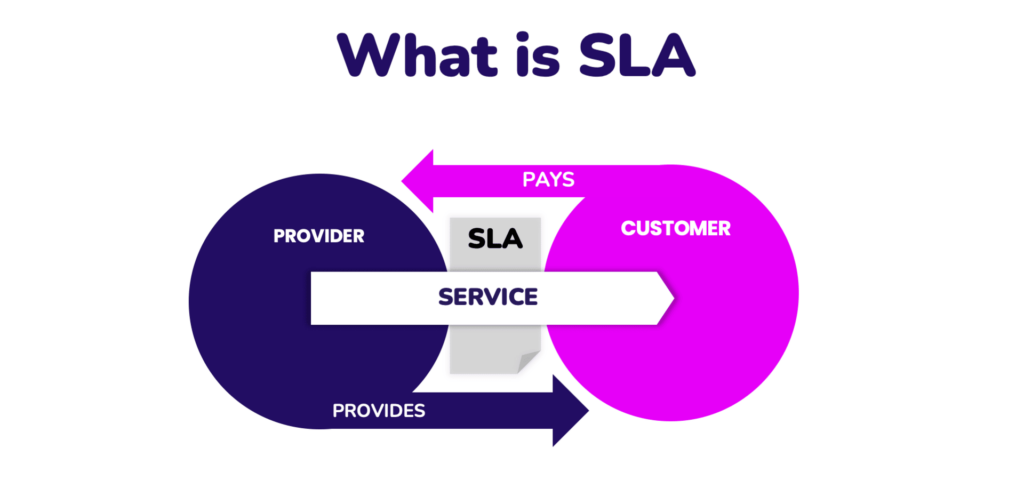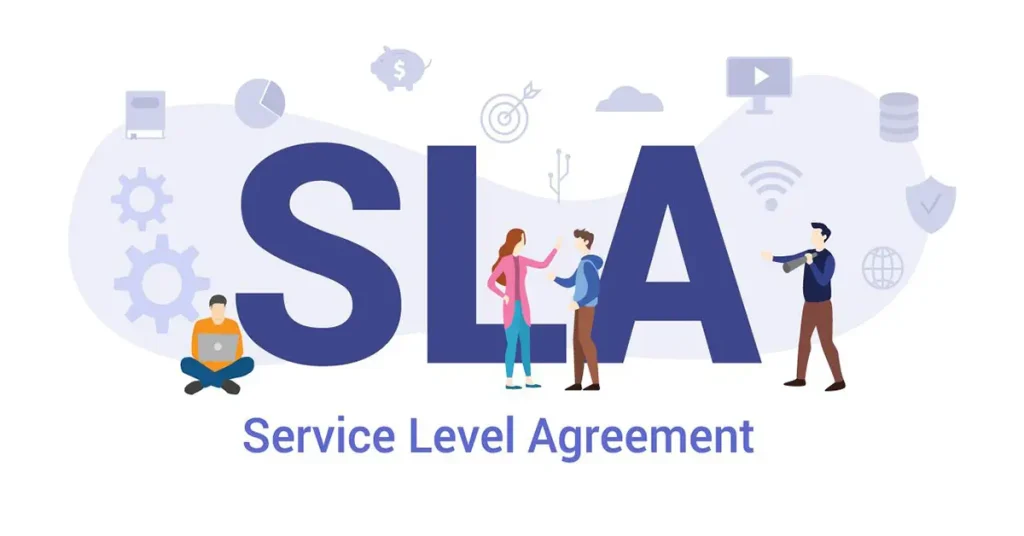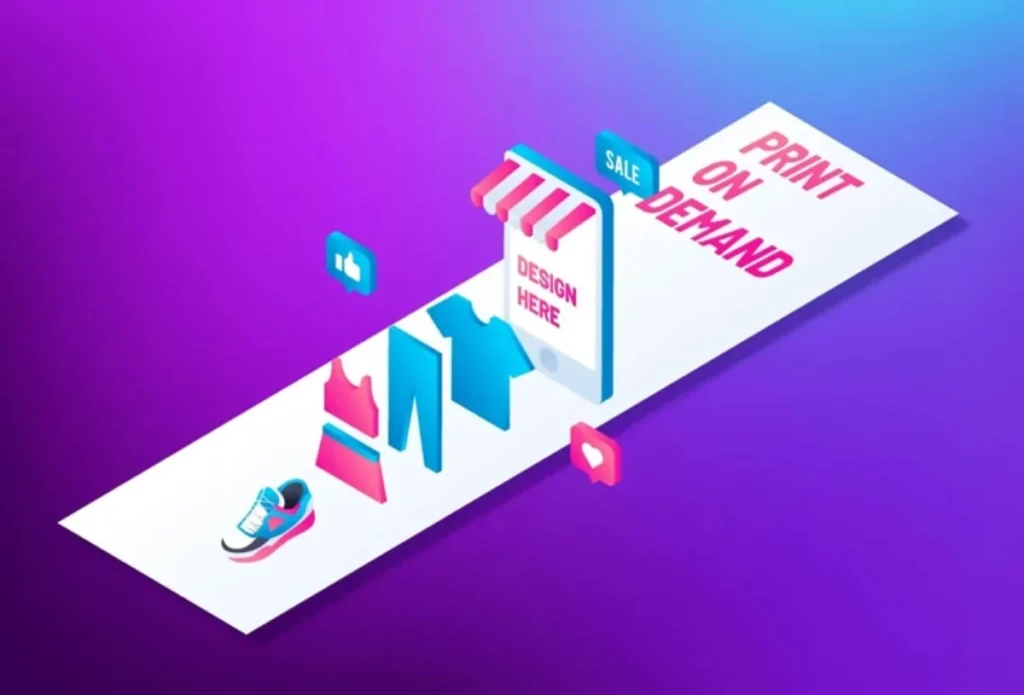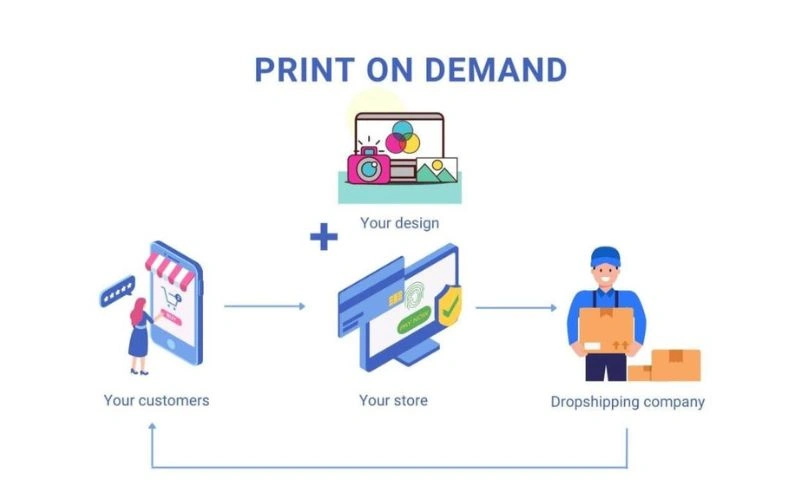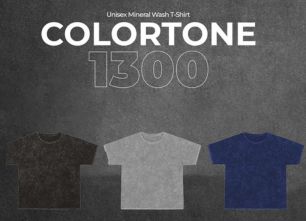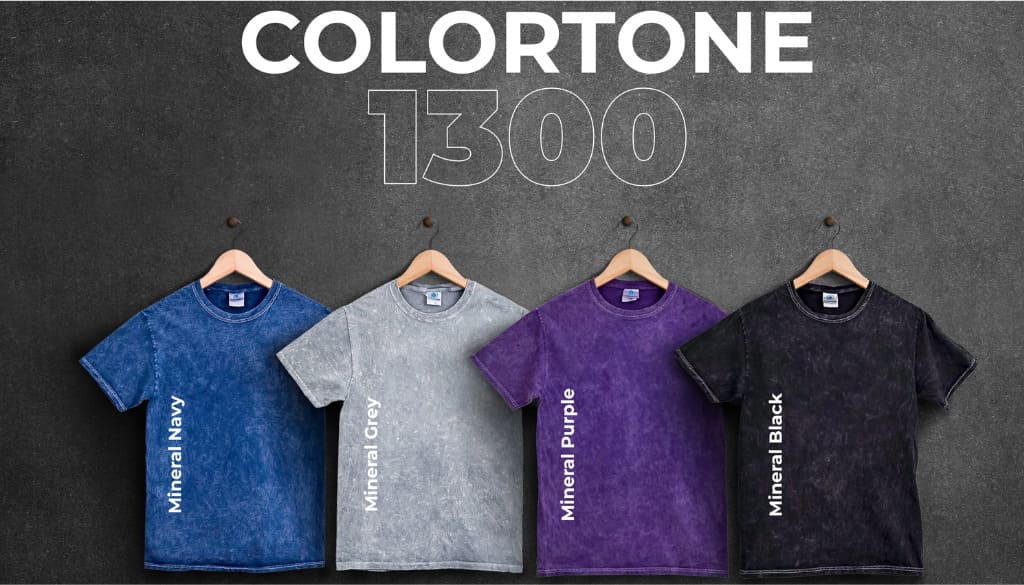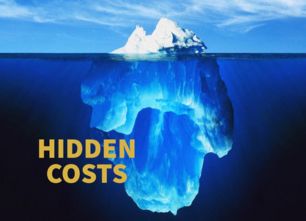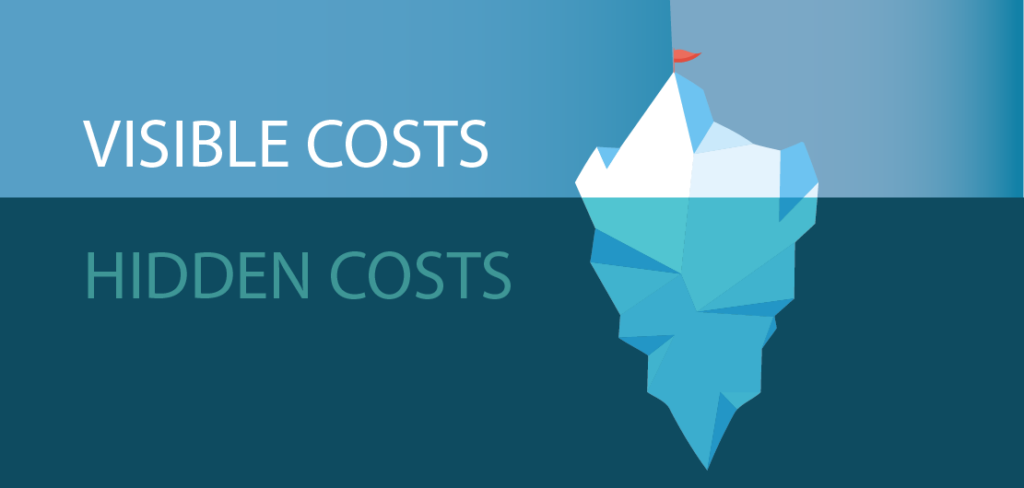As the e-commerce market enters its year-end peak season, preparation speed and the quality of media content have become critical factors determining whether POD sellers can break through their revenue targets. The demand for real product photos, real videos, and studio-grade media is rising sharply, especially on highly competitive platforms such as Etsy, Amazon, Shopify, and TikTok Shop.
To help the seller community prepare effectively for the year-end sale season, FlashShip officially launches its Studio-Standard Test Print & Product Shooting Service, providing a complete, end-to-end solution from printing test samples to producing professional product photos and videos. This is not just an additional feature, but an essential part of FlashShip’s strategy to fully support sellers during a period in which every decision can directly impact revenue.
The Year-End Sale Pressure and the Media Challenge for POD Sellers
The year-end sale season especially the stretch from Black Friday to Christmas is widely regarded as the golden period of the POD industry. However, alongside the opportunities come significant pressures:
- Preparation time is extremely tight, as dozens or even hundreds of new designs must be test-printed, color-checked, and evaluated for print quality.
- E-commerce platforms increasingly prioritize real product photos and real videos to assess product credibility and reduce customer complaints.
- Click-through rates (CTR) and conversion rates have become a fiercely competitive battleground, as customers are constantly surrounded by ads from countless brands.
- Advertising costs rise sharply during peak season, forcing sellers to optimize every element of their content especially product images and videos.
In this context, having a high-quality media set accurate in color, true to the fabric texture, visually appealing, and capable of conveying the essence of the design becomes a critical factor that helps a product stand out among thousands of options. However, not every seller has the time, equipment, or skills to handle test printing, create proper setups, adjust lighting, and produce photos or videos at a professional standard.
FlashShip’s Studio-Standard Test Print & Product Shooting Service was created to address these exact challenges.
FlashShip’s Test Print & Product Shooting Service: Optimized From Workflow to Quality
FlashShip developed this service with a simple philosophy: sellers only need to send their design files everything else is handled by FlashShip’s operations team and professional studio.
Save Time and Eliminate the Complexity of Self Test-Printing
For many sellers especially during peak season self test-printing becomes a significant burden. From preparing files, adjusting dimensions, and managing color correction to operating the printer, every step consumes valuable time and carries the risk of errors.
With FlashShip’s service, this entire workflow is optimized:
- Designs are test-printed on the same standard printing system used for real customer orders.
- Colors are calibrated according to FlashShip’s production standards, ensuring the test print closely matches the final fulfilled product.
- Sellers no longer need to spend time on technical tasks, troubleshoot printing errors, or worry about additional costs caused by failed tests.
During the year-end sale season, when every day represents a new revenue opportunity, shortening preparation time becomes a major competitive advantage.
Studio-Grade Media: Clear, Bright, and True to the Product
In reality, a beautiful design alone is not enough to drive sales if the product images fail to convey that value. Customers only see what appears on their screens: lighting, color accuracy, garment form, fabric texture, and how the design actually looks on the product.
FlashShip’s shooting service is built to strict studio standards:
- Lighting is controlled and consistent, minimizing harsh shadows and color distortion.
- Backgrounds are selected to match various styles from minimalist and modern to festive or lifestyle-oriented.
- Images clearly showcase the garment’s form, print placement, detail sharpness, and overall color representation.
- Videos focus on close-up angles that highlight fabric texture, print coverage, and the look and feel when the product is worn or handled.
The resulting media is created to help customers see the “real product,” not just a mockup. This significantly increases trust and sets sellers apart from listings that rely solely on simulated or digitally generated imagery.
Optimize Holiday Campaign Performance: Real Media Boosts CTR and Conversion
Advertising platforms and e-commerce marketplaces increasingly prioritize authentic content. In practice, product photos and videos captured from real items typically deliver:
- Higher click-through rates compared to mockups or digitally rendered images.
- Better conversion rates because customers trust the authenticity and quality of the product.
- Fewer complaints, refunds, and negative reviews, as customer expectations align more closely with what they actually receive.
With the advantage of media produced directly from FlashShip’s garment blanks and printing lines, sellers gain an additional layer of quality assurance. What customers see in the photos and videos closely matches the product that arrives at their doorstep, enhancing their shopping experience and strengthening the seller’s brand credibility.
FlashShip-Speed Efficiency: Prioritized Media Processing During Peak Season
Another key strength of this service is its speed. FlashShip understands that a one-day delay in media production means a one-day delay in bringing a product to market and during peak season, that can cost sellers valuable opportunities.
For this reason, the Test Print & Product Shooting Service is designed with a priority workflow:
- Test print requests are received and processed promptly.
- The shooting and post-production process is optimized to minimize turnaround time.
- Sellers receive their completed media sets early, allowing them to launch ad campaigns, update listings, or introduce new collections without delay.
This consistency in processing speed enables sellers to plan more effectively, from the moment they submit their design files to the moment they begin running campaigns.
Helping Sellers Focus on Selling Instead of Getting Lost in Preparation Work
One of the core values of this service lies in the fact that FlashShip enables sellers to return to their most essential role: building strategy and driving sales.
Instead of breaking their time into dozens of technical and operational tasks, sellers can:
- Focus on developing seasonal, event-based, or niche-specific design concepts.
- Optimize ad content, short-form video scripts, and brand messaging.
- Monitor and adjust advertising campaigns based on real performance data.
- Build long-term brand equity instead of getting stuck in small, time-consuming tasks.
With the Test Print & Product Shooting Service, FlashShip acts as a behind-the-scenes operations partner, ensuring that all foundational product and media assets are prepared carefully, consistently, and on schedule.
Limited Slots and Media Support Incentives for Early Registrations
Due to the nature of the year-end peak season, the volume of test print and product shooting requests increases significantly. To maintain service quality and processing speed, FlashShip is offering a limited number of slots for the Test Print & Product Shooting Service during this period.
Sellers who register early will benefit from:
- Priority scheduling for test printing and product shooting.
- Receiving their media on time or even earlier than expected crucial for late-Q4 marketing campaigns.
- Opportunities to receive free media support or significant discounts during the service launch period.
This policy is designed to give early-prepared sellers the best possible advantage, allowing them to stay ahead of the market and fully capture revenue opportunities in the year-end sale season.
FlashShip as a Trusted Operational Partner for POD Sellers
The Test Print & Product Shooting Service is not an isolated initiative, but part of the broader service ecosystem FlashShip is building for the POD seller community.
Across past sale seasons, FlashShip has been recognized for:
- A stable, high-speed printing and fulfillment system.
- Transparent order processing with clearly defined operational metrics.
- High-quality garment blanks that meet the strict expectations of U.S. customers.
- A support team that is always ready to communicate, assist, and provide solutions for sellers.
The addition of the studio-grade Test Print & Product Shooting Service reflects FlashShip’s clear direction: not merely functioning as a fulfillment provider, but becoming a long-term partner that supports sellers throughout their entire business journey from design ideation to final product and marketing execution.
In the year-end revenue race, having a good product, a reasonable price, and the right strategy are all important. However, these factors only truly generate impact when they are communicated through compelling images and videos.
FlashShip’s Studio-Standard Test Print & Product Shooting Service was launched with a clear objective: to help sellers shorten their preparation time, elevate media quality, and strengthen their competitiveness on e-commerce platforms during the peak season.
Sellers who are interested can contact FlashShip directly to reserve a slot and receive detailed consultation on the workflow, turnaround time, and media support policy available during the service launch period. Slots during peak season are always limited, and early preparation is often the deciding factor between merely participating in the sale season and truly breaking through in revenue.
Registration link: https://tinyurl.com/intestspao
